Content

Water pollution is the contamination of water bodies, such as rivers, lakes, oceans, and groundwater, by harmful substances. This contamination can be caused by various factors, including industrial waste, agricultural runoff, sewage discharge, and improp
Update: 05/07/2022
Share:




What is Eutrophication?
Eutrophication is the result of ponds, lakes, and rivers receiving an excessive amount of nutrient-rich pollutants (Nitrogen, Phosphorus) beyond the self-regulating capacity of the water bodies. The input of pollutants into this process increases day by day.
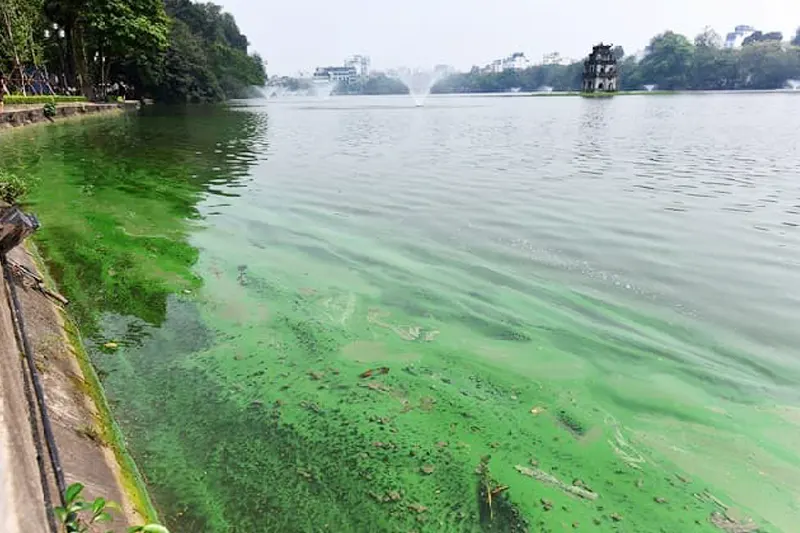
Typically, the process takes place over a long or short period depending on the total level of pollution introduced into the water bodies. During this process, the amount of sediment in the wastewater gradually narrows the lake's capacity.
The easily recognizable feature is the greenish color of the algae-infested water body. Initially, they appear in small patches. Later, if left untreated, the entire water surface turns green. Along with that, many fish die and float to the surface, causing serious environmental pollution.
Causes of Eutrophication
Although eutrophication is a natural phenomenon, humans are accelerating this process. We may see it as unintentional actions, but in reality, many ongoing activities are the causes of eutrophication in water bodies.
Use of Fertilizers in Agriculture
Fertilizers seem to be an essential part of agriculture, promoting the growth of crops. Therefore, many people mistakenly believe that the more fertilizer, the better. In reality, plants only absorb a certain amount.

When this amount exceeds the soil's assimilation capacity, they flow into the water bodies.
Direct Discharge of Wastewater into the Environment
Domestic wastewater contains a large amount of organic matter. It includes: toilet wastewater, dishwashing, food cleaning, containing a lot of food residues, fats. Currently, like many developing countries, our country lacks many systems for collecting and treating domestic wastewater. Mostly, the water flows directly into the water bodies in the area.
Livestock Wastewater
This is the richest source of organic waste, usually coming from family livestock facilities. Organic manure contains a large amount of nitrogen and phosphorus, accelerating the eutrophication process at the fastest rate.
Consequences of Eutrophication
This phenomenon causes many consequences for the natural environment, ecological balance, and humans:
Causes Foul Odor
Eutrophicated water often emits a foul odor, with slow flow and longer retention time. This is due to the smell of water, along with the smell of fish and dead organisms.
Aesthetic Loss
The greenish water from algae thickening on the water surface causes an aesthetic loss in the environment.
Impact on Aquatic Life
Eutrophication is the leading cause of the decline in shoreline and underwater ecosystems. This is a serious and challenging consequence. Initially, when nutrients are supplemented, aquatic plants, fish, and algae will thrive together.
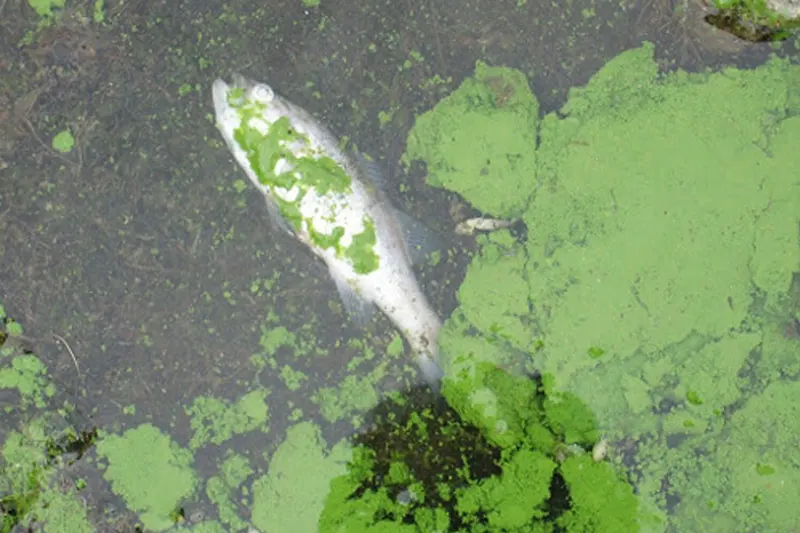
However, after a long period, when the nutrient levels are too high, algae dominate the space, covering the surface of the lake. The algae layer prevents other species from accessing sunlight and oxygen. At the same time, new algae groups continue to reproduce, and some algae die, sinking deeper into the water.
Most of the oxygen is used by microorganisms, almost all of the oxygen in the water. Therefore, when algae grow on the surface, other species gradually die due to lack of oxygen for respiration.
Decrease in Water Quality
The chemical components of the water are severely altered. Under the water surface, an oxygen-deficient environment is formed, with oxygen-deficient organisms decomposing biomass. During the decomposition process, harmful free compounds such as ammonia and hydrogen sulfide (H2S) are produced.
Changes in Turbidity and Color of Water
Due to the changes in water components such as aquatic plants, eutrophic animals, microorganisms, fungi, and mud. Eutrophicated water usually no longer appears clear as before, instead, it becomes black, grayish.
Development of Microorganisms, Flies, Mosquitoes, and Diseases
This is a favorable condition for many disease-causing microorganisms to develop. People living around the area may experience respiratory problems. In the case of using groundwater, polluted water from the water bodies can contaminate it, causing diseases in humans.
How to Address Eutrophication
Eutrophication is a serious threat to the environment, natural freshwater sources, and aquaculture industries. Faced with these alarming consequences, measures to limit or push back eutrophication are necessary. Eutrophication increases as nutrient sources increase, so measures to limit these sources are proposed, such as:
Building Wastewater Treatment Plants
Managing and limiting eutrophication is a complex issue that requires the collective effort of many. Even though the water bodies do not belong to any individual, we should protect the water bodies to be clean, green, and beautiful.
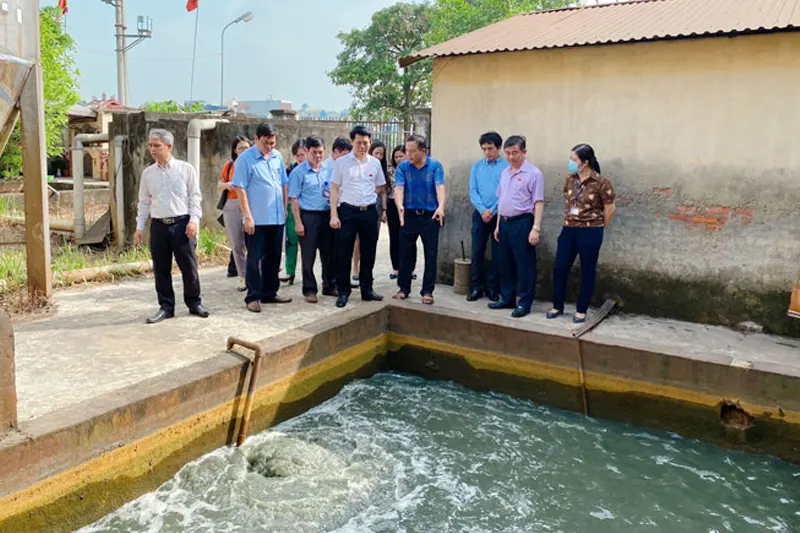
Building wastewater treatment plants means we are building a clean space for the community, protecting the health of those around us.
Building Biogas Pits for Wastewater Treatment
Treating livestock wastewater such as livestock, poultry, shrimp farming, and aquaculture before discharging into the environment can also cause eutrophication. For livestock wastewater, you can build a biogas pit.
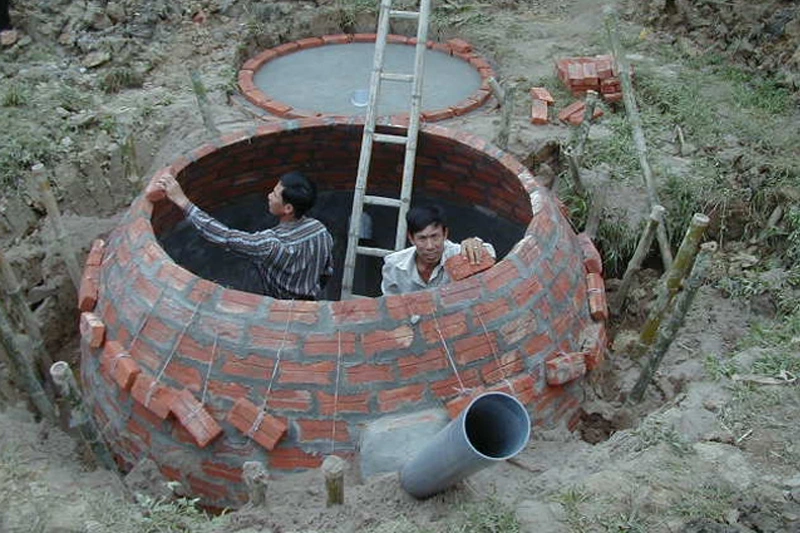
This solution is widely used in many rural areas with very low investment costs. It helps reduce organic matter into the environment, treat odors, and provide additional energy (biogas) for cooking and daily activities.
Above is our sharing about eutrophication, its causes, consequences, and solutions. If you have any further questions, feel free to call us on the hotline to be advised by our experts.
Update: 05/07/2022
Share:




Related news
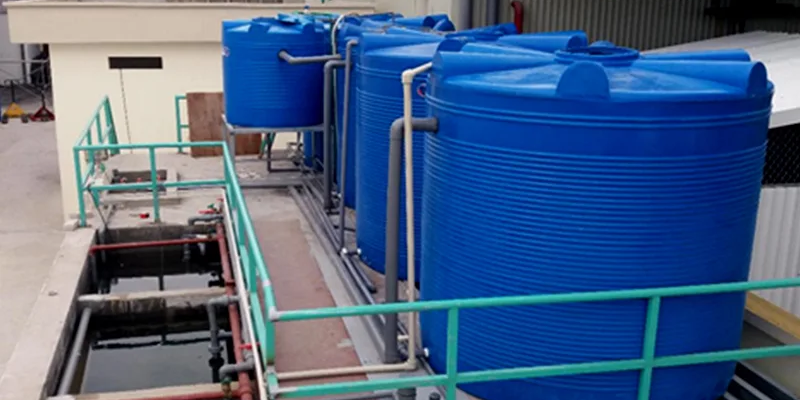
Effective Pharmaceutical Wastewater Treatment Solutions from Toan A JSC
Created at: 04/09/2024

Optimal Solution for Medical Wastewater Treatment from Toan A JSC
Created at: 04/09/2024
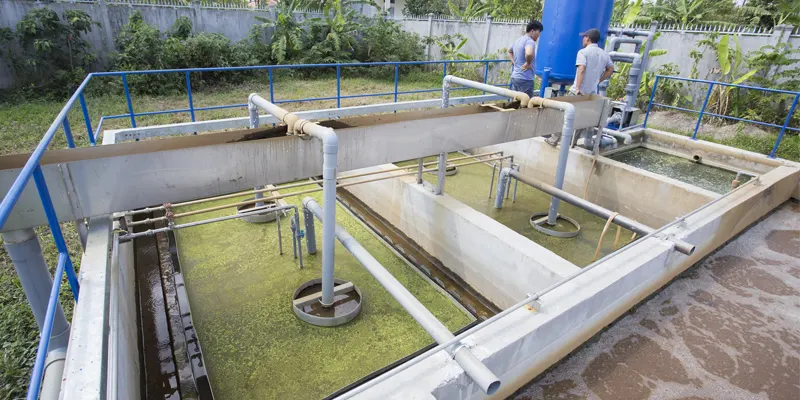
Advanced domestic wastewater treatment technology by Toan A JSC
Domestic wastewater is one of the largest sources of pollution to the environment if not treated properly. In Vietnam, besides individual households, urban areas, apartment buildings, restaurants, hotels, and service establishments are required to comply with the treatment of domestic wastewater according to the QCVN 14:2008 standard set by the Ministry of Natural Resources and Environment to ensure environmental safety and human health. Currently, there are many methods for treating domestic wastewater, each with its own characteristics and specific applications, suitable for different types of wastewater and specific requirements. Let's explore this issue further with Toan A JSC in the following article!
Created at: 14/08/2024






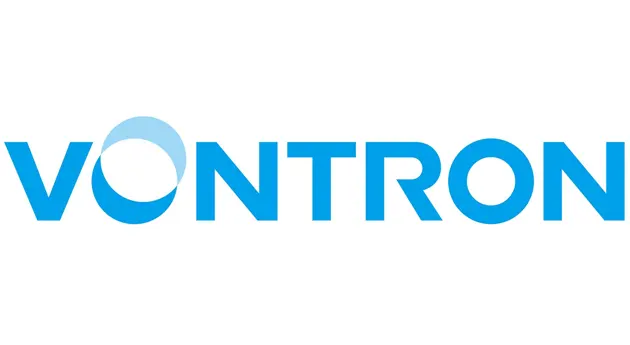
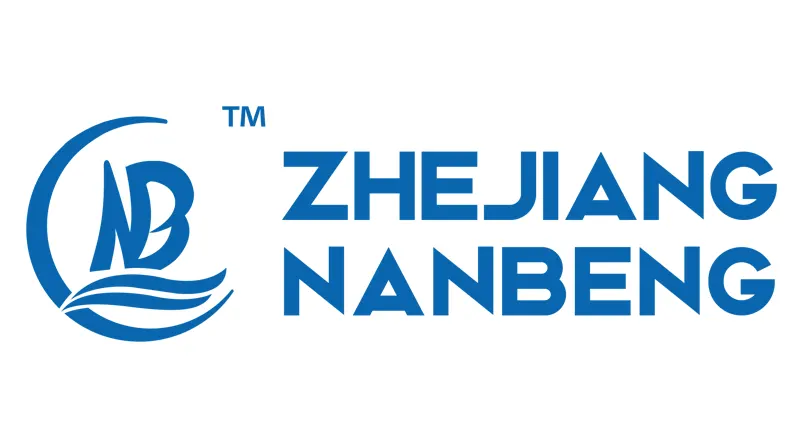


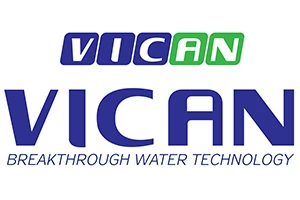

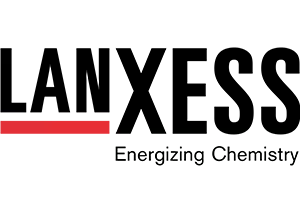




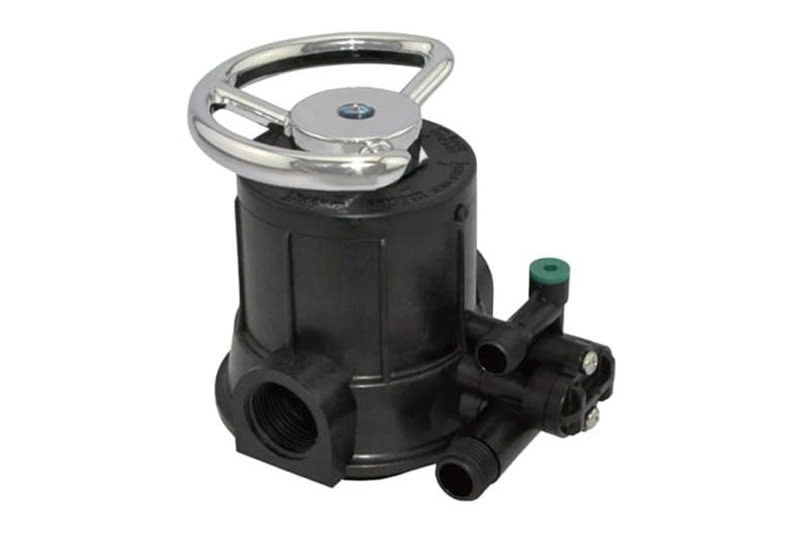
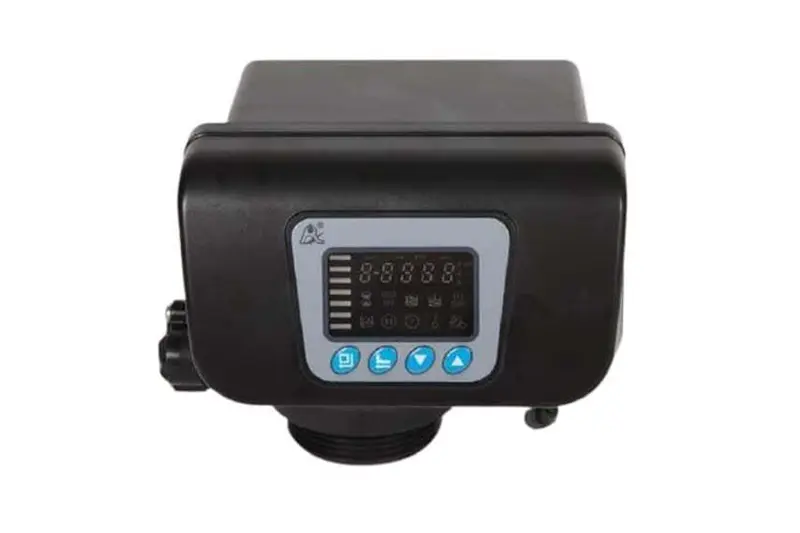




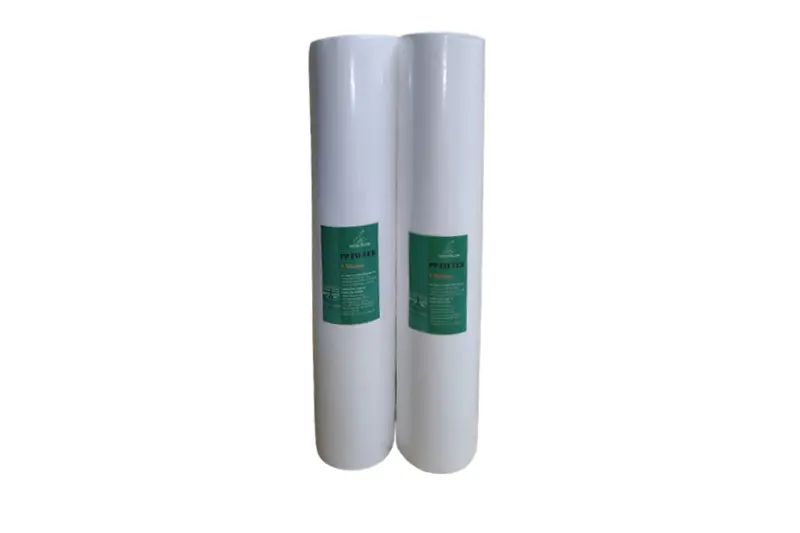



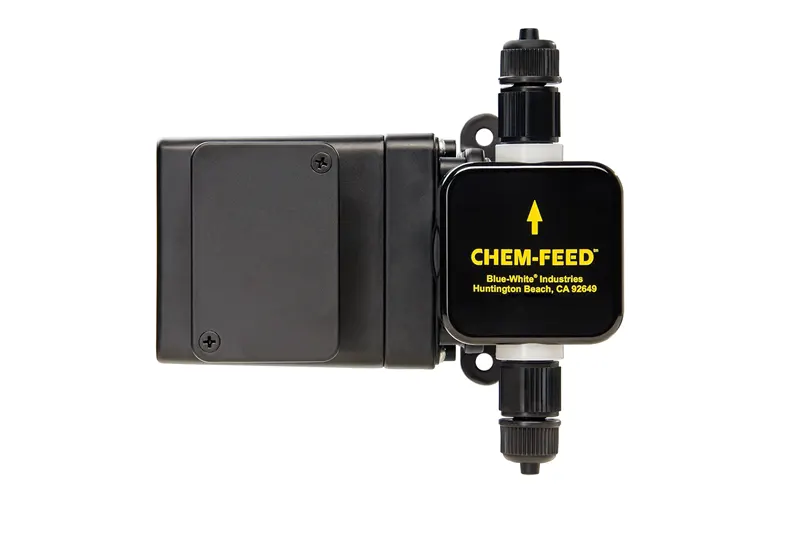
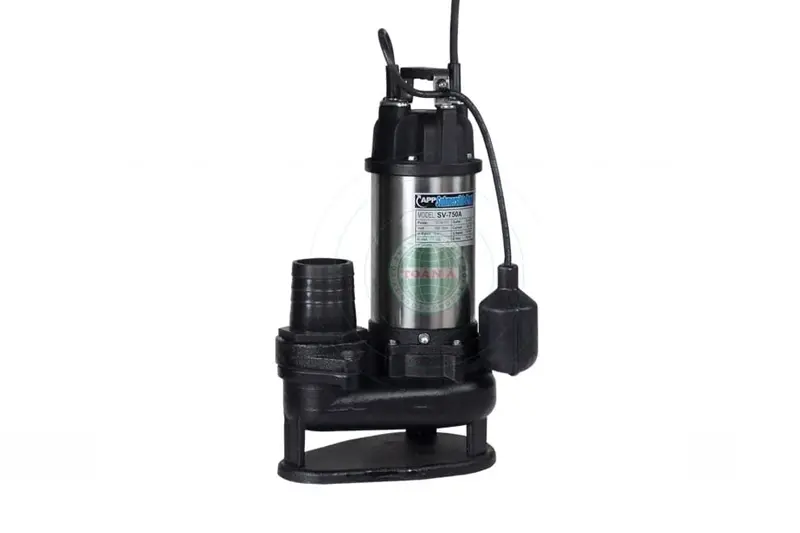



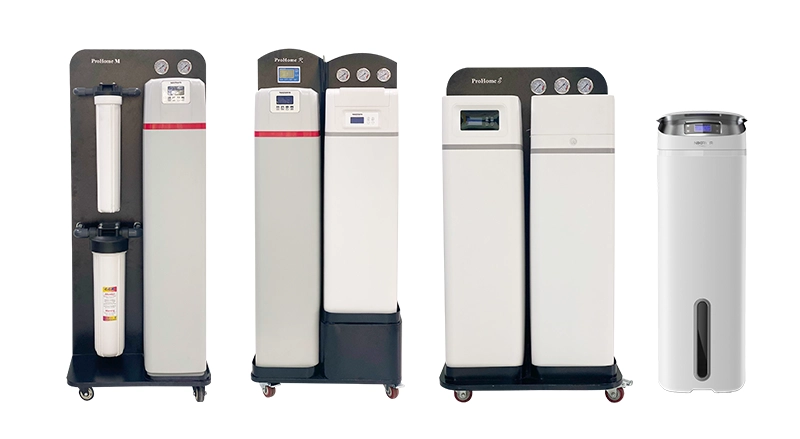
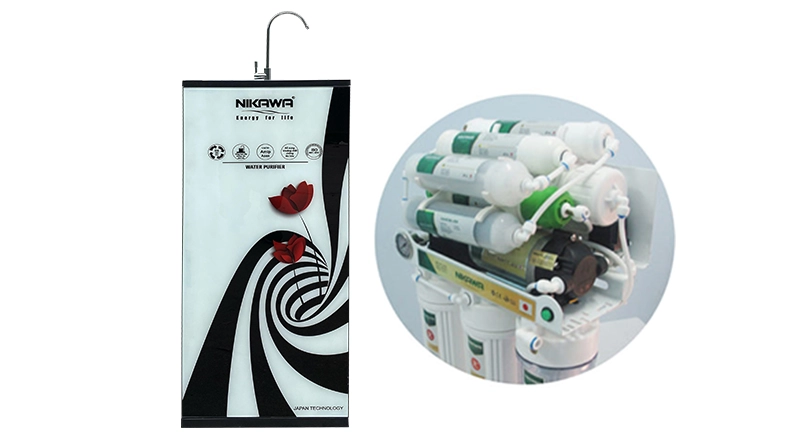
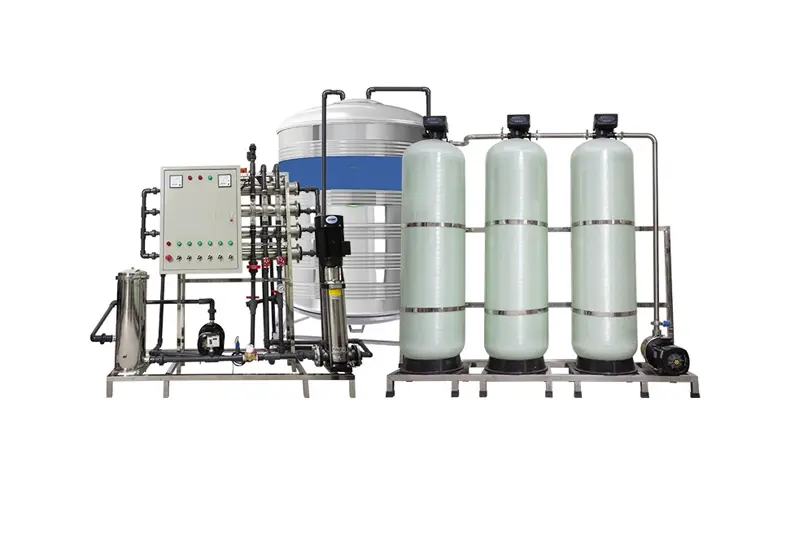
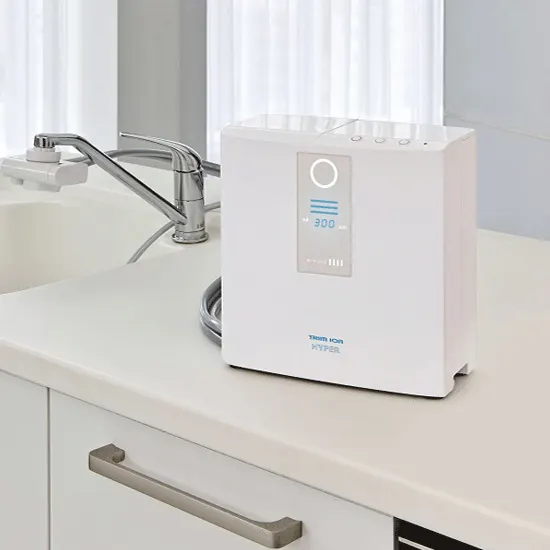
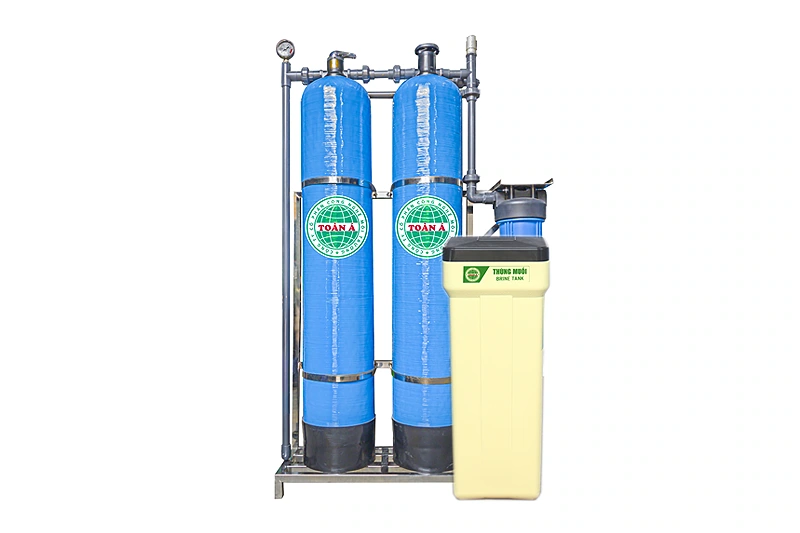


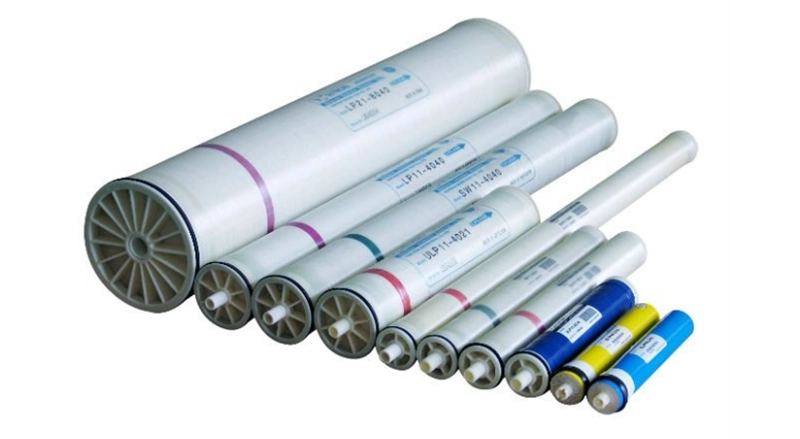
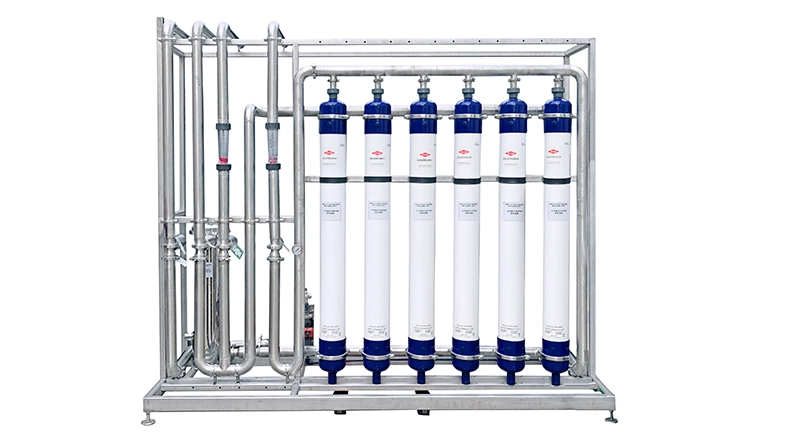


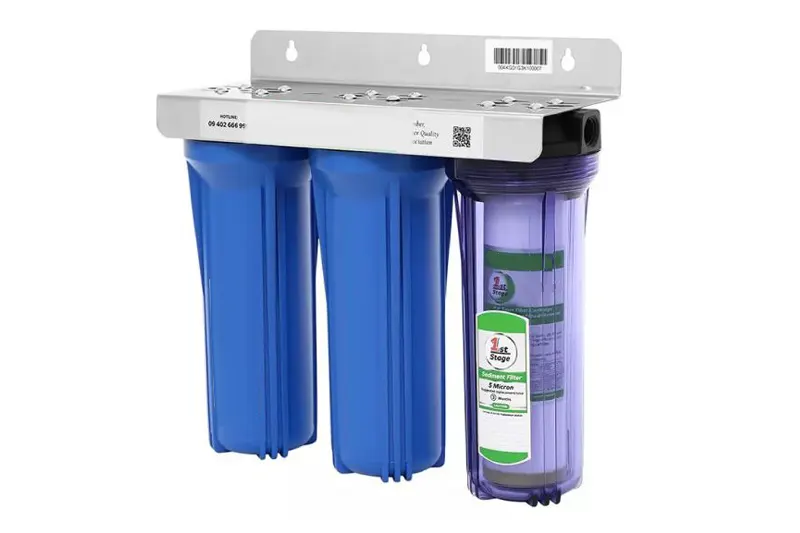

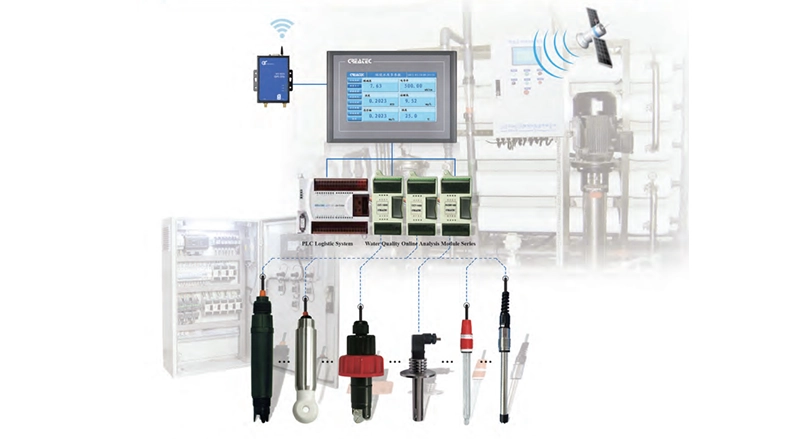
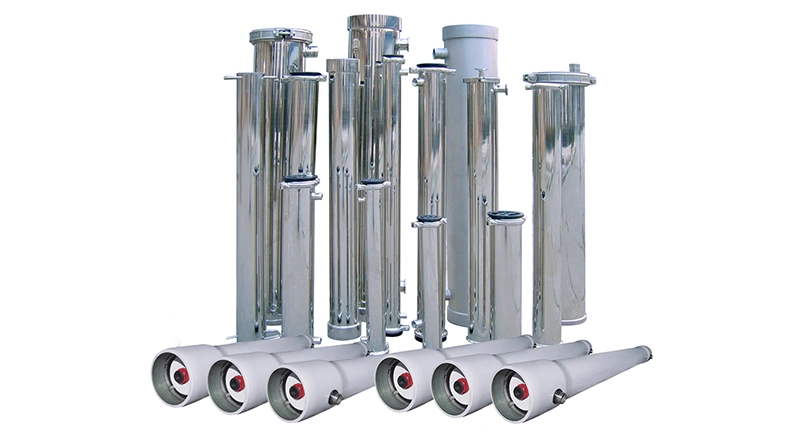
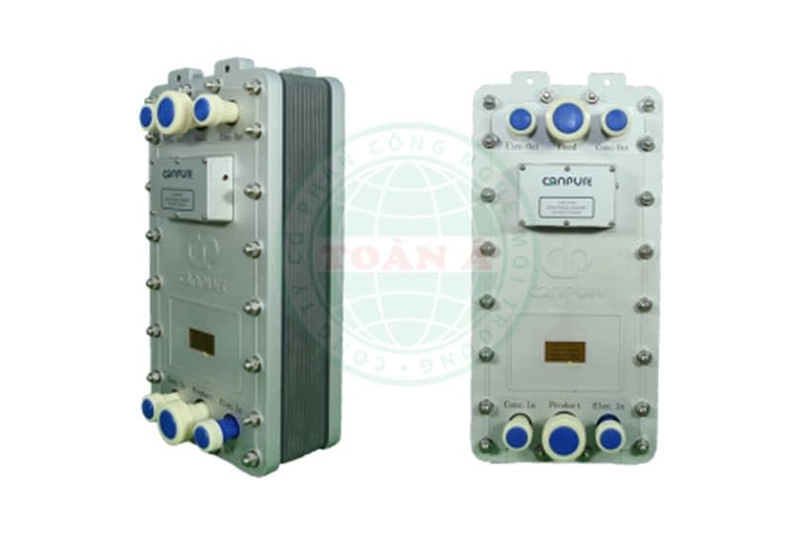
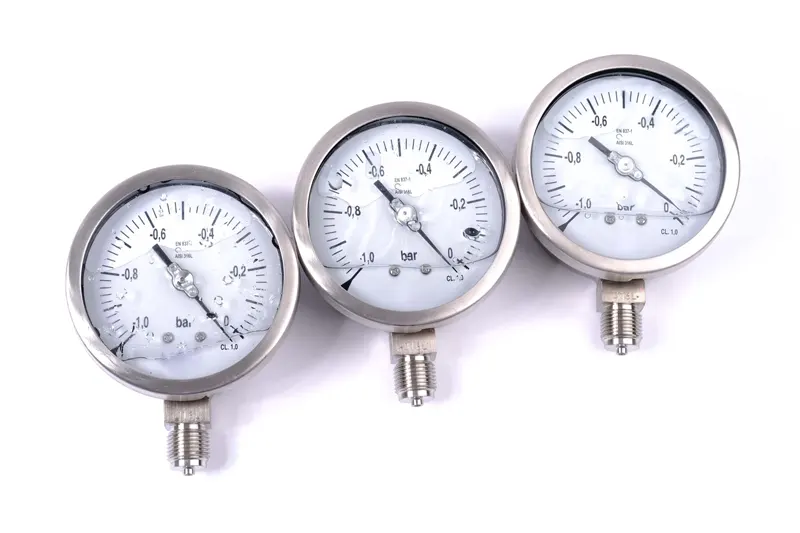
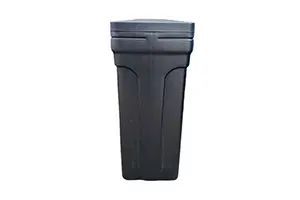


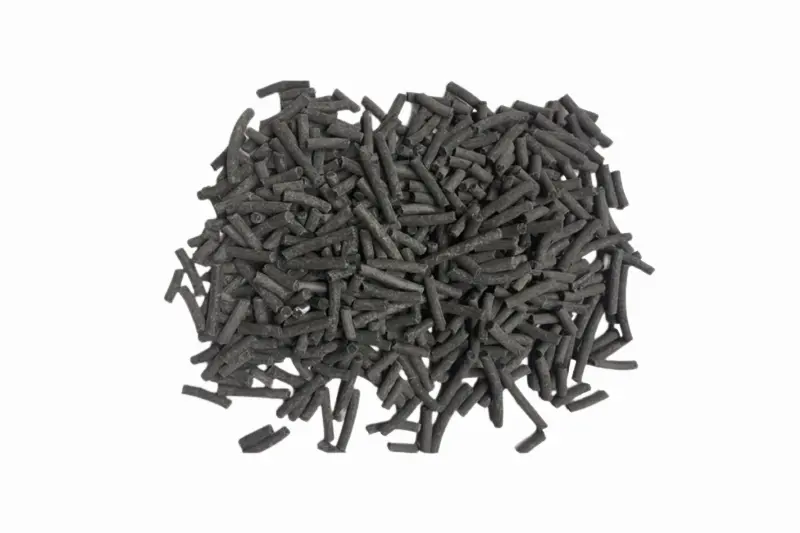
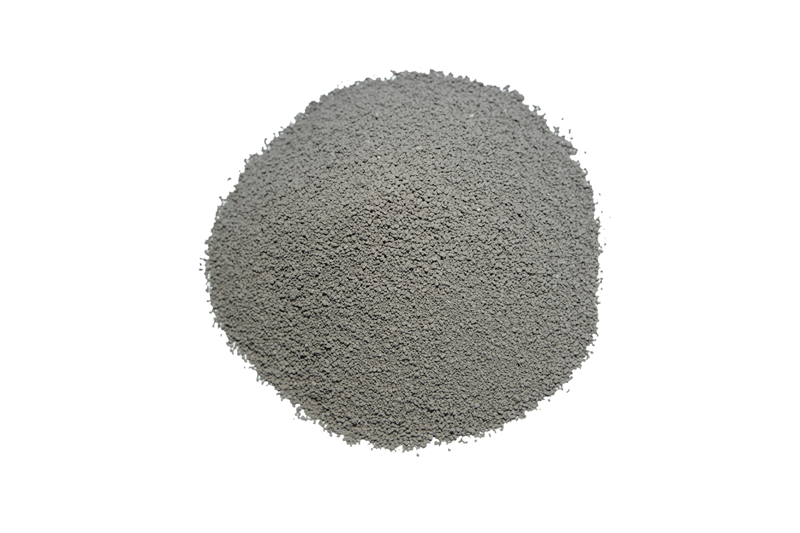
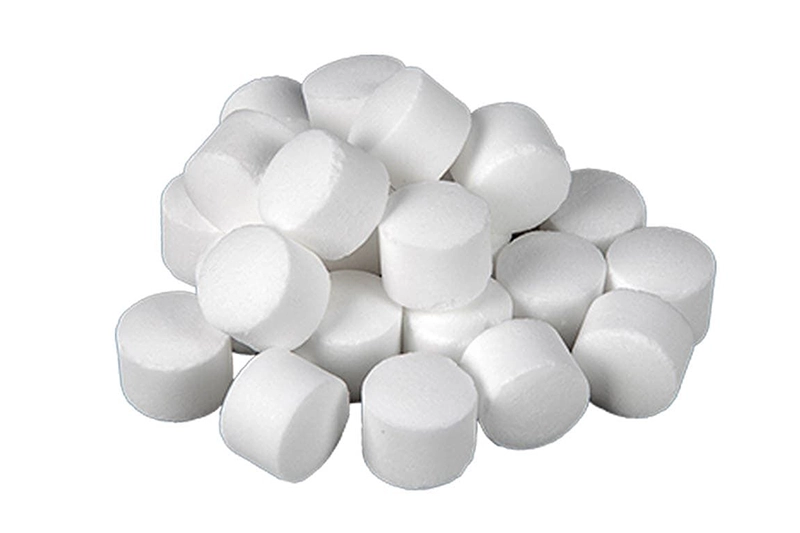
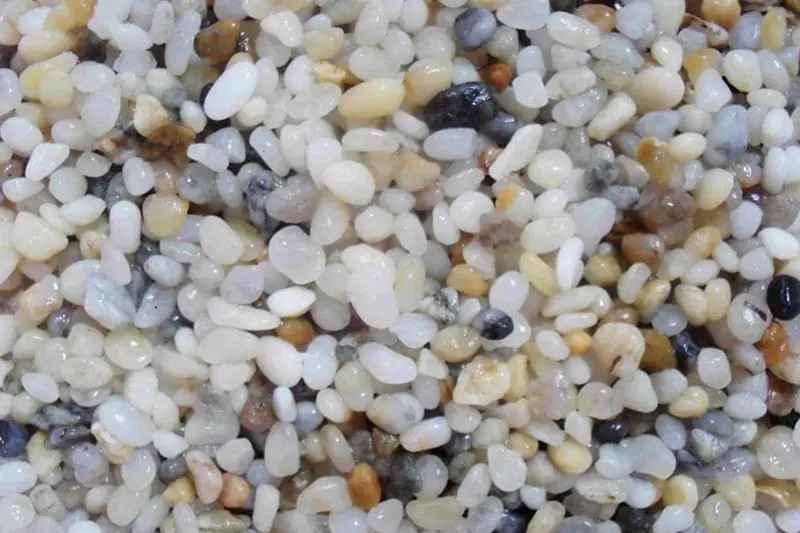
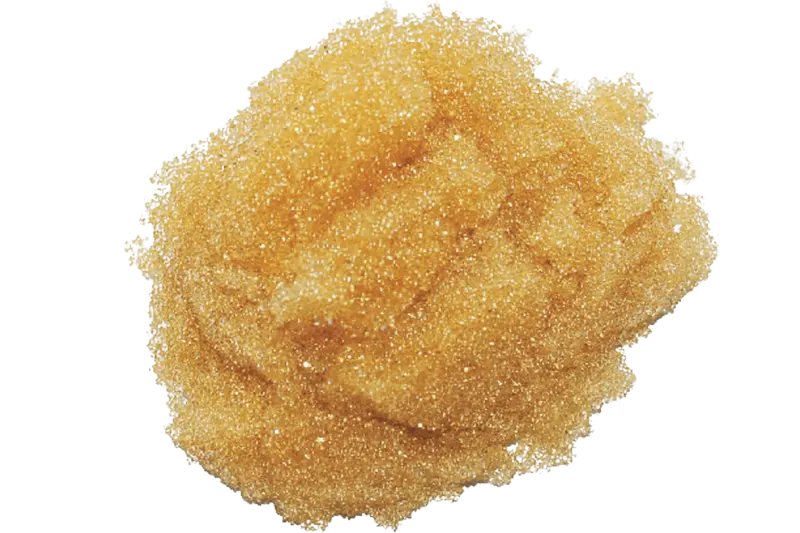





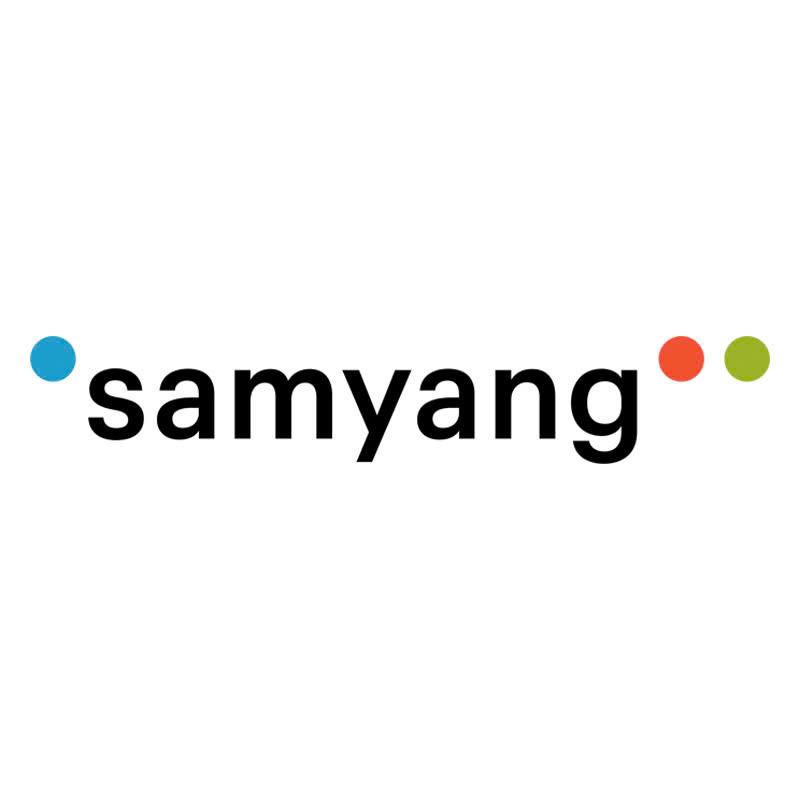
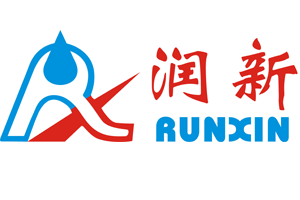

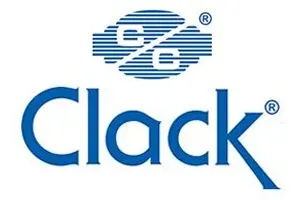
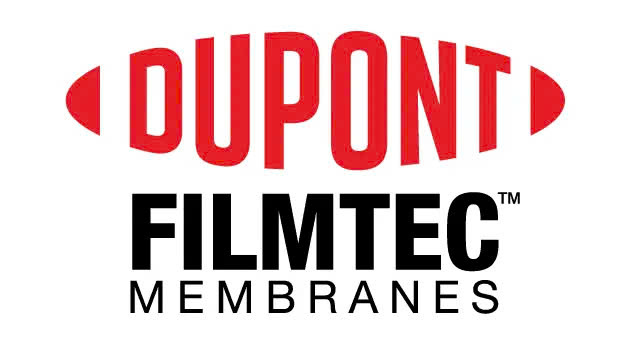
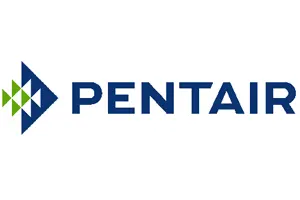
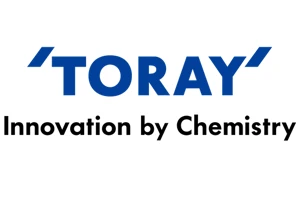

 Water Filter Columns
Water Filter Columns
 Water Filtration Membranes
Water Filtration Membranes
 Control Valves
Control Valves
 Water Filter Cartridges
Water Filter Cartridges
 Water Pumps
Water Pumps
 Water Filtration Equipment
Water Filtration Equipment
 Water Filtration Components
Water Filtration Components
 Water Filtration Materials
Water Filtration Materials
 Heat Pump Water Heaters
Heat Pump Water Heaters




 Products
Products  Solutions
Solutions  Project
Project  News
News